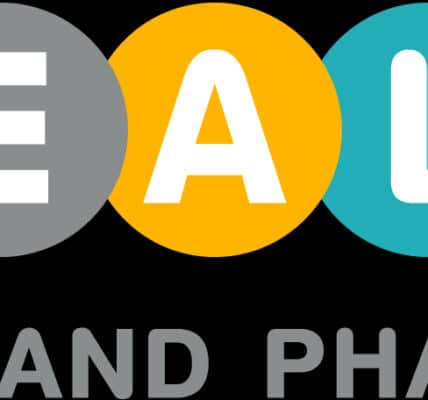New Study Uses GLP-1 Drugs to Map the Pathways of Addiction

A fascinating study of the neurobiology of GLP-1 receptor agonist drugs (GLP-1 drugs) is helping close the division between substance use disorders, alcoholism, and eating addiction.
Published on October 9 in the November 2025 edition of the Journal of the Endocrine Society, the corresponding author is Lorenzo Leggio, M.D., Ph.D., and lead researcher for the National Institute on Drug Abuse (NIDA) as well as the National Institute on Alcohol Abuse and Alcoholism (NIAAA).
Co-authors of the study include researchers from Ireland, Italy, and the Bloomberg School of Public Health at Johns Hopkins University in Baltimore, Maryland. The researchers set out to accomplish a goal:
[T]his review provides a summary of the emerging role of GLP-1RAs in the treatment of [alcohol and substance use disorders] by elucidating their interactions with various neurobiological pathways involved in addiction.
The researchers embrace the “brain disease model of addiction,” even though that stance is “controversial.” They acknowledge that the brain disease model needs to be aligned with “environmental” and “psychosocial” contributions to mental health disorders.
They briefly trace the path of neurotransmitters such as dopamine and serotonin through the brain, particularly “related to binge/intoxication, withdrawal/negative effect, and preoccupation/anticipation,” and come to the conclusion:
[O]veractive stress and diminished reward processing amplifies compulsive substance-seeking behavior.
Not only is the brain disease model “controversial,” the authors take the “controversial” stand that obesity and drug addiction are cousins:
Although controversial, there is growing evidence showing that some forms of obesity may have phenotypic characteristics that resemble addiction, including neurocircuitry mechanisms. Pathways implicated in addiction also contribute to pathological overeating and obesity.
The headline story is a summary of the research on GLP-1 drugs and substance use disorders (SUDs). But the real story is the similarity between eating addiction, alcoholism, and SUDs.
Under the scenario described here, eating addiction would be considered a brain disease, just as SUDs are. The study shows that opioid addiction is a brain disease, alcoholism is a brain disease, nicotine addiction is a brain disease, and food addiction is a brain disease. These are all diseases that cause similar erosion in reward response and increase in cue sensitivity, resulting in continuing behavior despite the harm it’s causing.
Along come GLP-1 drugs such as Ozempic, Wegovy, Zepbound, and Mounjaro, and research describes how they impact the same neural pathways used by addiction. They dull cue-sensitivity, making it easier to deal with cravings.
Addiction may be a brain disease, but it obviously has a gut component, and that relationship is borne out by the use of GLP-1 drugs. People lose their appetite for substances and behaviors they previously couldn’t get enough of.
It’s possible that GLP-1 drugs achieve this miracle of restraint by causing a sub-clinical nausea that patients learn to tolerate. This again proves a relationship between the gut and the brain when it comes to compulsive behavior. It’s also why the cravings return as soon as the GLP-1 drugs stop.
Studies show significant weight gain when GLP-1 drugs are discontinued. And many people discontinue using them due to the nausea and the high cost. The researchers note this problem and stress that the most successful outcomes involve both GLP-1 drugs and cognitive behavioral therapy.
In attempting to assess the use of GLP-1 drugs to treat SUDs, researchers have given us a map showing the relationship between eating addiction, alcohol addiction, and drug addiction, bringing us one step closer to a unified theory of addiction.
Written by Steve O’Keefe. First published October 15, 2025.
Sources:
“GLP-1 Therapeutics and Their Emerging Role in Alcohol and Substance Use Disorders: An Endocrinology Primer,” Journal of the Endocrine Society, November 2025, published October 9, 2025.
“GLP-1s show promise in treating alcohol and drug addiction,” Endocrine Society News Release, October 09, 2025.
Image Copyright: maksym2000v.




